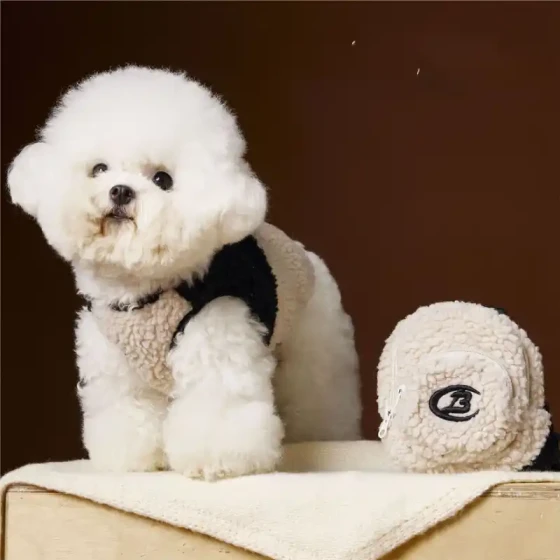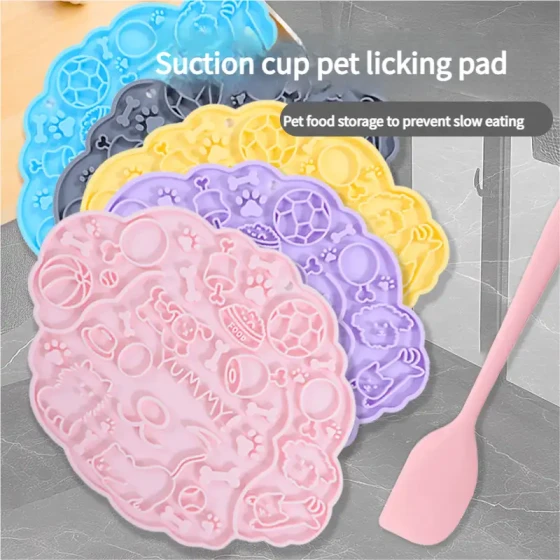Precautions for Vaccinating American Foxhounds

The term pet vaccine should not be unfamiliar to owners with beloved pets. When we take American Foxhounds to the pet hospital for preventive injections, we often hear the vet mention combination vaccines. So what does the number represent? Why can’t the dog take a bath or go out to play right after vaccination? How much do we really understand about vaccines?
Here is a brief explanation: vaccines themselves are a type of virus, but generally, the virus is passed and replicated over 100 times to reduce its virulence before becoming an immunogen. These immunogens are the vaccines we routinely use. Modern vaccines contain tens of millions of virus particles, which can trigger a sufficient immune response in the dog to prevent viruses. So what are the common fatal viruses currently?
Common ones nowadays include canine distemper, parvovirus, infectious hepatitis, canine adenovirus, canine parainfluenza, leptospirosis, etc., so the following combination vaccines exist:
Rabies monovalent
Bivalent vaccine (puppies): prevents canine distemper and parvovirus
Pentavalent vaccine: prevents canine distemper, parvovirus, infectious hepatitis, canine adenovirus, and canine parainfluenza
Hexavalent vaccine: the pentavalent plus one that prevents leptospirosis (dogs under 3 months cannot be vaccinated)
Heptavalent vaccine: the hexavalent plus rabies virus
Octavalent vaccine: canine distemper, parvovirus, infectious hepatitis, canine adenovirus, canine parainfluenza, leptospirosis, coronavirus, hemorrhagic jaundice leptospirosis (produced by Pfizer)
The octavalent is a relatively special vaccine, commonly seen only overseas. Usually, in Taipei, dogs get the octavalent plus rabies monovalent. This vaccine offers the most comprehensive protection, also preventing coronavirus, but currently, this vaccine has no approval in China. Many dogs in winter suffer from coronavirus, and only this octavalent vaccine can prevent it.
Vaccination schedule and usage methods
This is believed to be the most important part, as many people have misconceptions here and the internet contains many differing opinions. So we hope to present some correct methods. First, different vaccine manufacturers issue different injection times and methods. Vaccination starts at 42-45 days after birth (the first dose varies in combination numbers per brand).
First dose: 42-45 days after puppy birth (bivalent)
Second dose: 15-30 days later (tetravalent, pentavalent, or hexavalent)
Third dose: another 15-21 days later (pentavalent or hexavalent), heptavalent (includes rabies) is also possible. Dogs must be at least 3 months old for rabies, preferably 5 months.
Common questions
Why must dogs be vaccinated at 42 days of age? Wouldn’t earlier vaccination finish the process faster and safer?
Actually, puppies receive specific immunity from their mother’s milk, which usually fades after about 40 days. Vaccination can only occur after this. Vaccinating too early will neutralize the vaccine with the existing antibodies, making it ineffective and destroying the puppy’s own immunity, which is dangerous.
Why is the first dose a bivalent puppy vaccine, but only Intervet produces bivalent vaccines, which are often hard to find? What to do then?
The bivalent puppy vaccine is highly safe and has fewer allergic reactions, so it is preferred by many vets worldwide for the first dose. Another important issue is many hexavalent vaccines contain leptospirosis. Injecting leptospirosis in puppies under 3 months kills the other five viruses in the vaccine, resulting in only a leptospirosis injection with adverse effects. Therefore, dogs under 3 months must not receive multivalent vaccines containing leptospirosis.
What if I can only find the Vet or Merial hexavalent vaccine? Must I wait till 3 months to vaccinate?
Typically, all multivalent vaccines are two-vial sets: one powder and one liquid. If the vaccine does not contain leptospirosis, the liquid is generally saline, clear white. If it contains leptospirosis, the liquid is transparent pink. If bivalent vaccine is unavailable at 45 days, you may vaccinate with hexavalent but substitute the leptospirosis component liquid with about 1 ml saline, effectively creating a pentavalent. Then 15-30 days later, inject a hexavalent similarly, and 15-21 days later when over 3 months old, vaccinate with hexavalent containing leptospirosis.
-560x560.webp)




